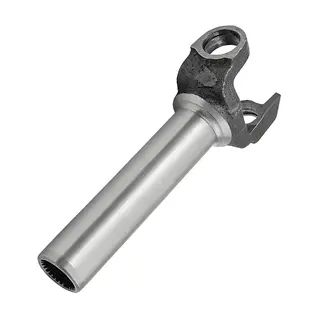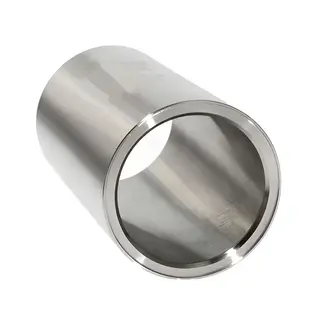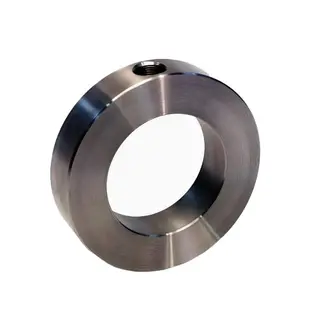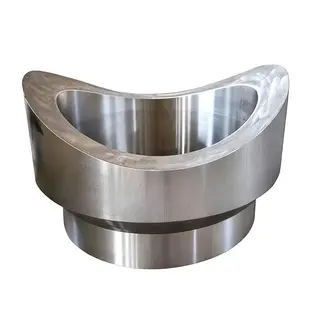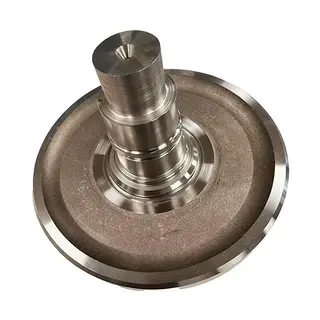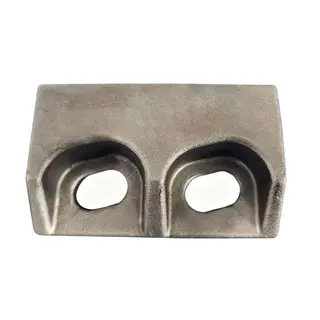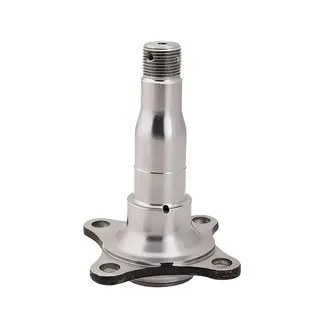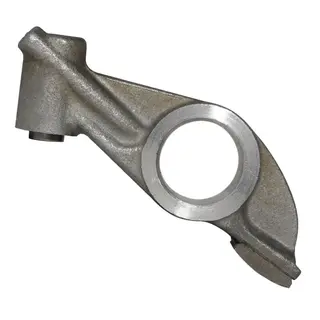Austenitic stainless steels are among the most commonly used types for forging. They include grades like 304, 304L, 316, and 316L, which are known for their excellent corrosion resistance, particularly in aggressive environments. The 300 series is non-magnetic and boasts strong resistance to heat and corrosion, with a high tolerance for temperature extremes. These steels require precise control of forging temperatures, and they are typically annealed at around 1950ºF (1065ºC) and rapidly cooled to avoid grain boundary carbide precipitation.
The 400 series includes heat-treatable alloys like 410 and 420, known for their high strength and wear resistance. These steels offer good performance under demanding mechanical conditions, though they can’t be hardened by heat treatment in the same way as austenitic steels. Their corrosion resistance is moderate, and they are often used in applications such as turbines, engines, and heavy machinery. Controlled forging and heat treatment techniques are necessary to achieve optimal mechanical properties.
Ferritic steels, with grades such as 430, have higher chromium content but lower carbon content, offering excellent corrosion resistance in less aggressive environments. These materials are magnetic and cannot be hardened by heat treatment, making them suitable for applications where moderate strength and resistance to corrosion are required, such as in automotive exhaust systems and industrial applications.
Duplex stainless steels, like 2205, combine austenitic and ferritic properties, providing increased resistance to stress corrosion cracking. This makes them particularly valuable in chemical processing industries where exposure to corrosive substances is prevalent. Their balanced microstructure also contributes to superior toughness and strength.
PH stainless steels, such as 17-4PH, are designed for applications where high strength and corrosion resistance are required. These alloys undergo a solution heat treatment followed by aging at relatively low temperatures to achieve a precipitate that enhances their mechanical properties.
The forging of stainless steel requires specific techniques due to the material's unique properties. Austenitic stainless steels, for instance, require higher forging temperatures than carbon steels. Forging temperatures must be carefully controlled to prevent defects such as grain growth, and stainless steels typically need to be annealed to maintain their mechanical properties after forging.
Stainless steel forgings benefit from the process of controlled deformation under high pressure, which aligns the grain flow with the shape of the part. This results in superior strength, durability, and fatigue resistance compared to parts produced by casting or machining.
Stainless steel forgings are renowned for their enhanced mechanical properties, especially their strength and resistance to corrosion and heat. The forging process creates parts that are much stronger and more durable than other manufacturing methods, which is particularly important in industries where performance under extreme conditions is crucial. Some key benefits include:
Increased Strength and Durability: The grain flow from forging contributes to the overall strength of the material.
Improved Resistance to Corrosion: Stainless steel’s ability to resist corrosion is significantly enhanced through forging.
High-Temperature Performance: Stainless steel forgings can withstand extreme temperatures, making them ideal for high-heat applications.
Due to their versatility and strength, stainless steel forgings find applications in many industries, including:
Aerospace: Critical components in aircraft engines and structural parts.
Medical Equipment: Surgical tools and implants, benefiting from stainless steel's corrosion resistance and durability.
Marine: Fasteners, screws, and other components exposed to seawater environments.
Oil and Gas: Custom tools and fittings that need to withstand harsh conditions in drilling and refining processes.
Automotive: High-strength parts used in vehicle engines and transmission systems.
Food Processing: Equipment and components where sanitation and corrosion resistance are critical.
